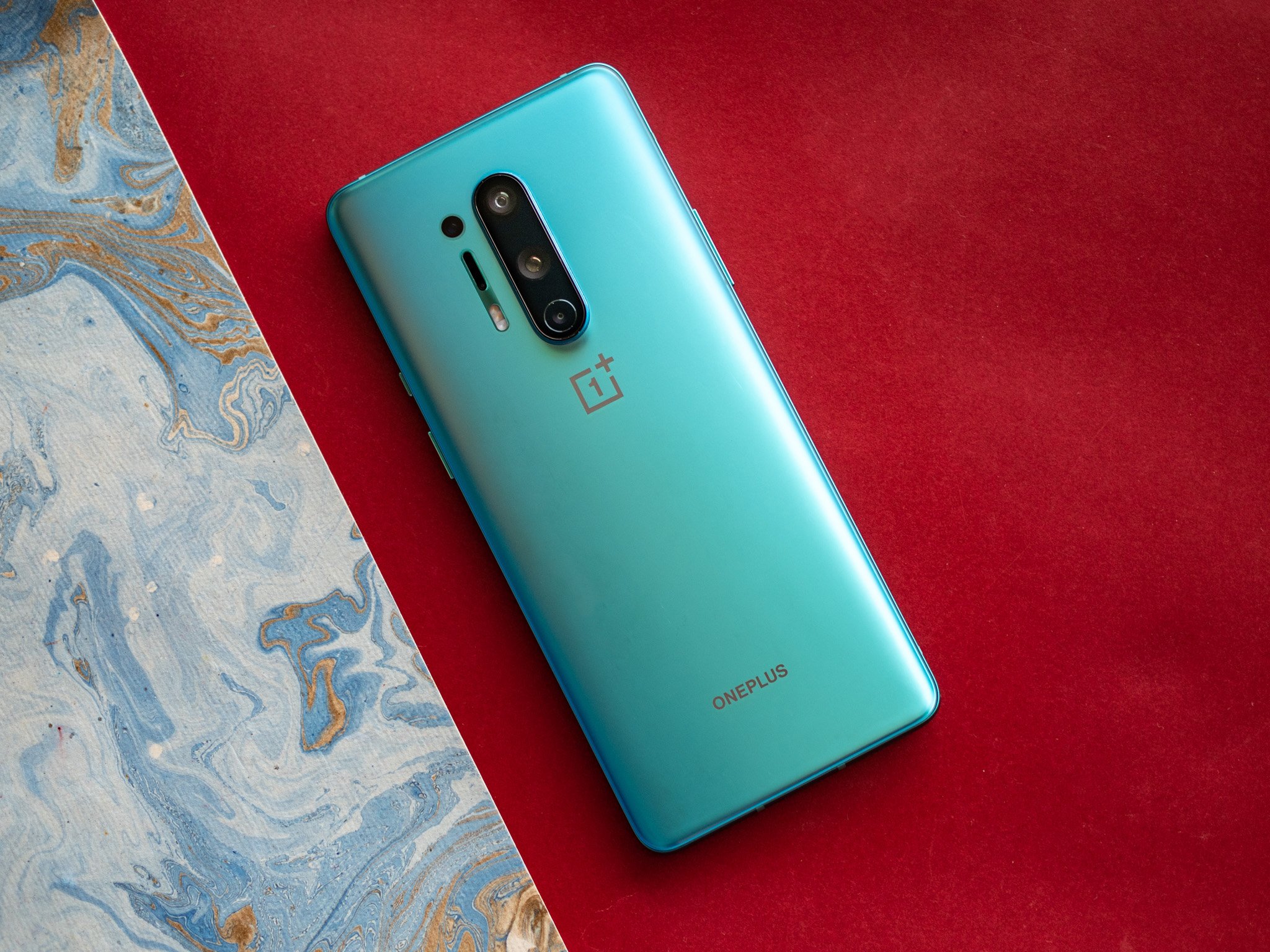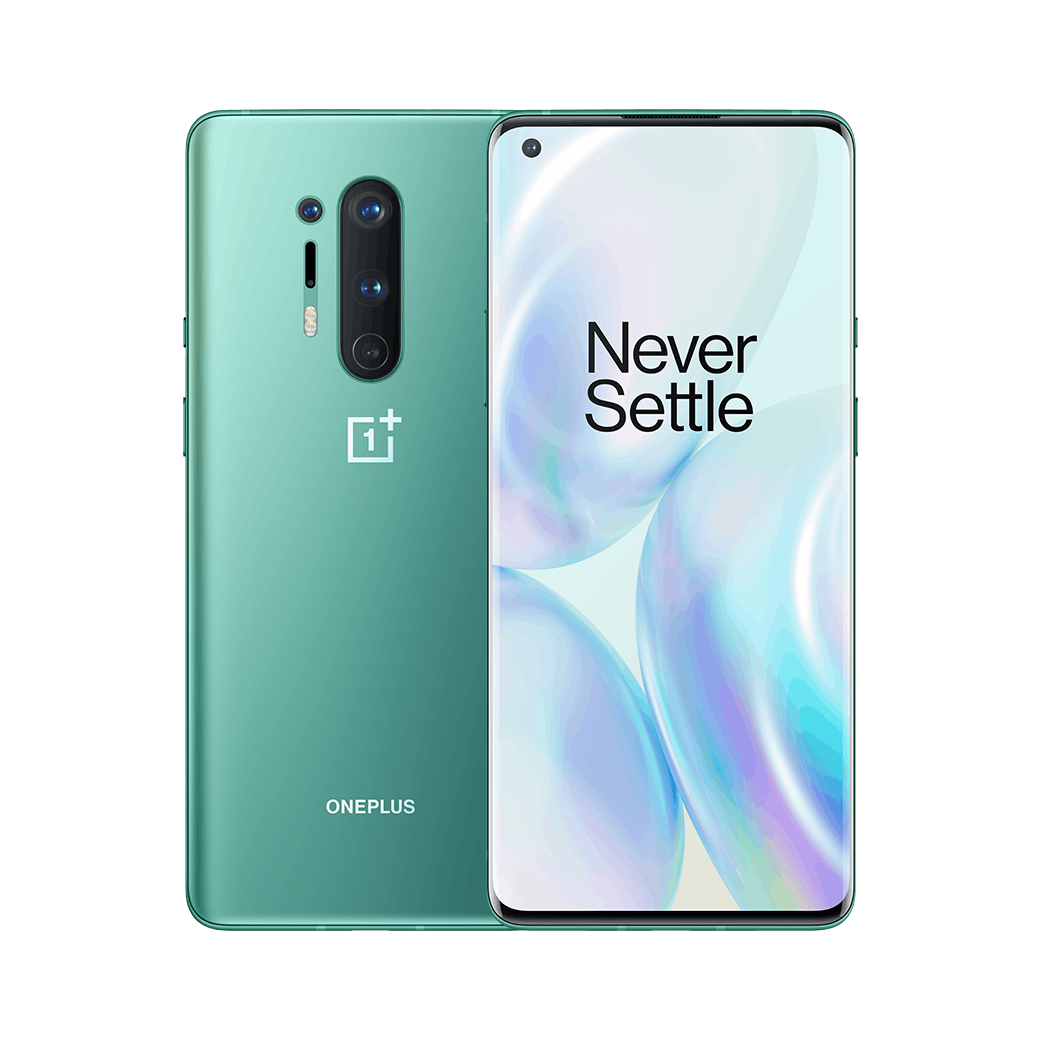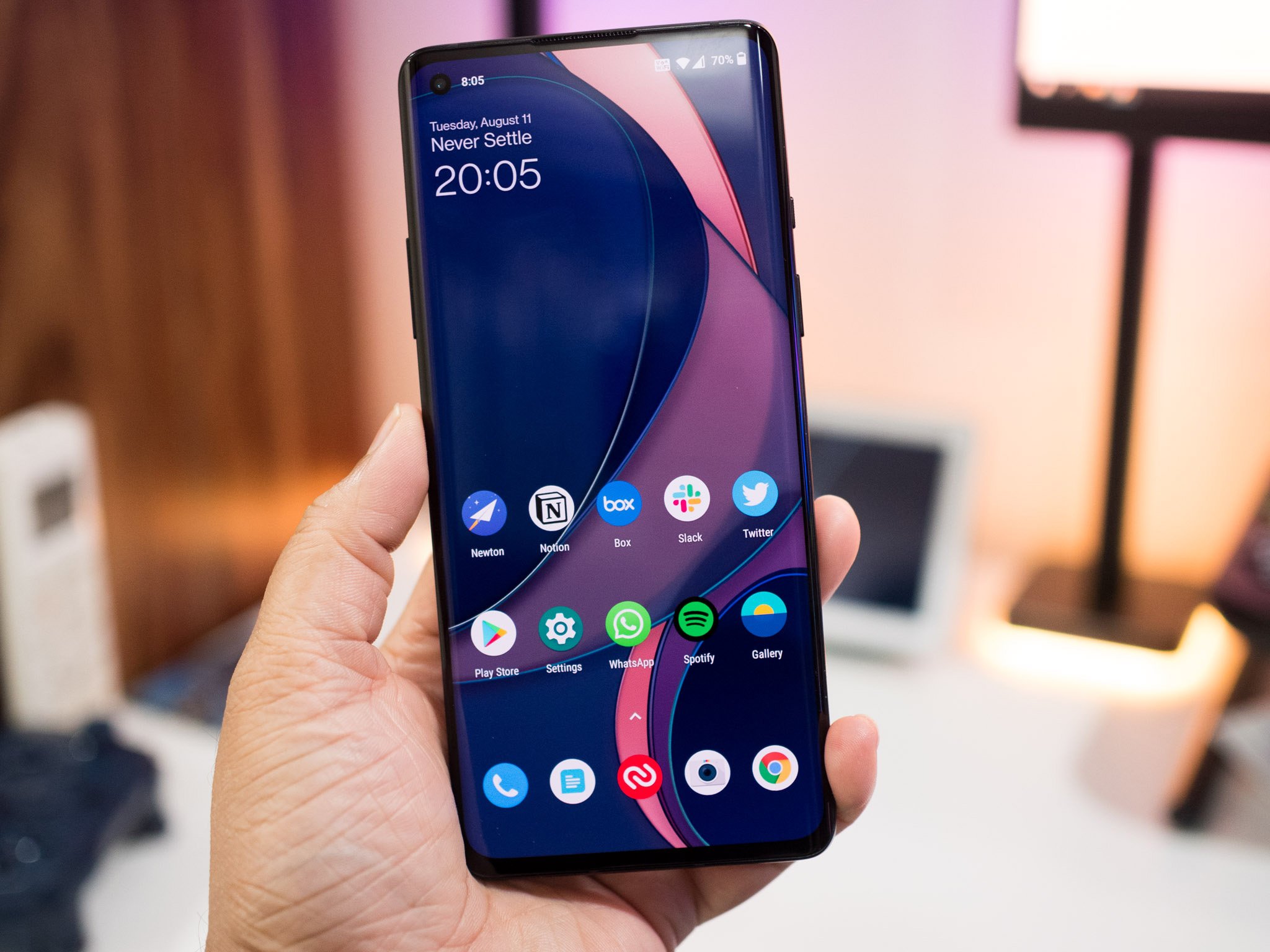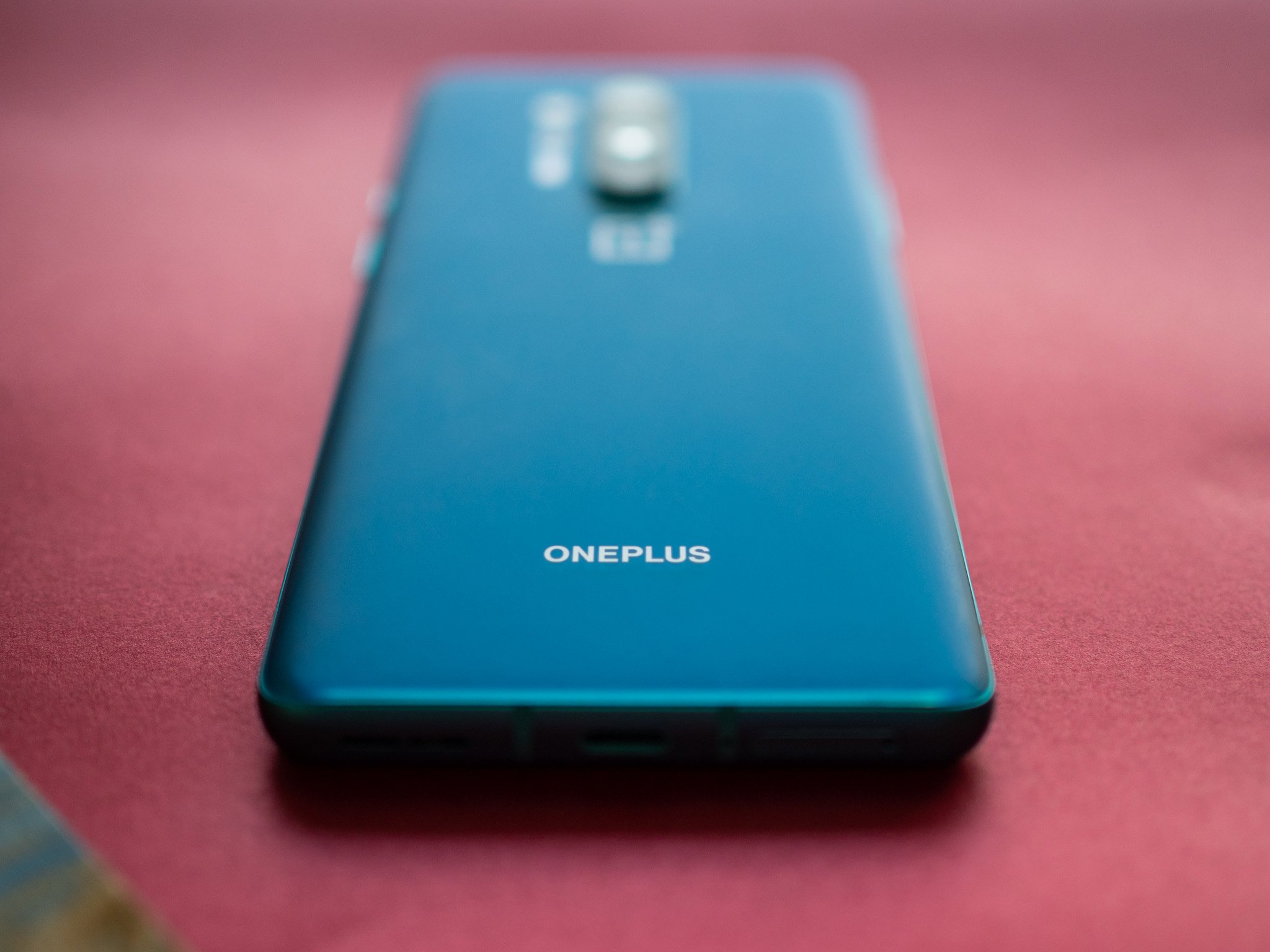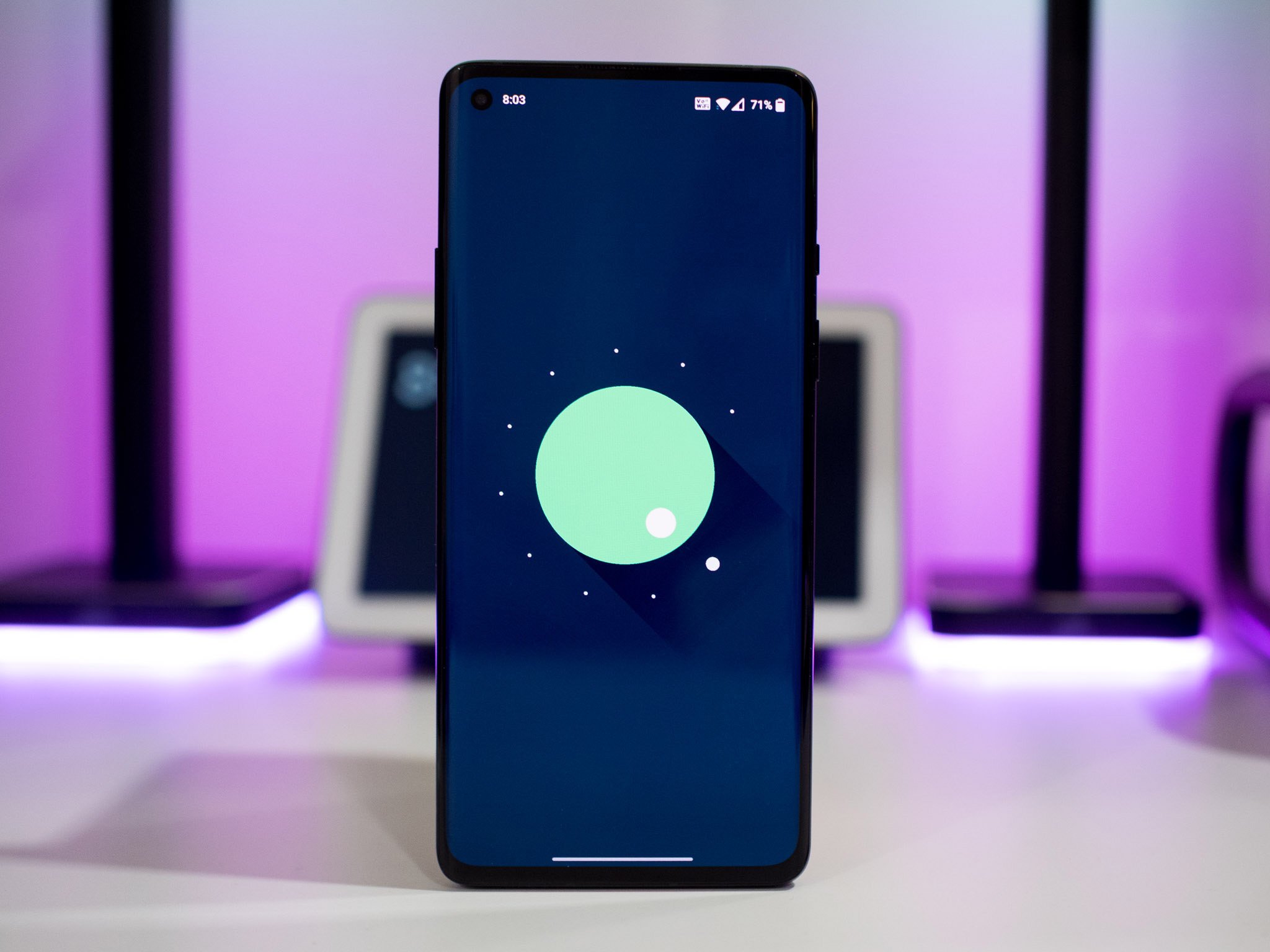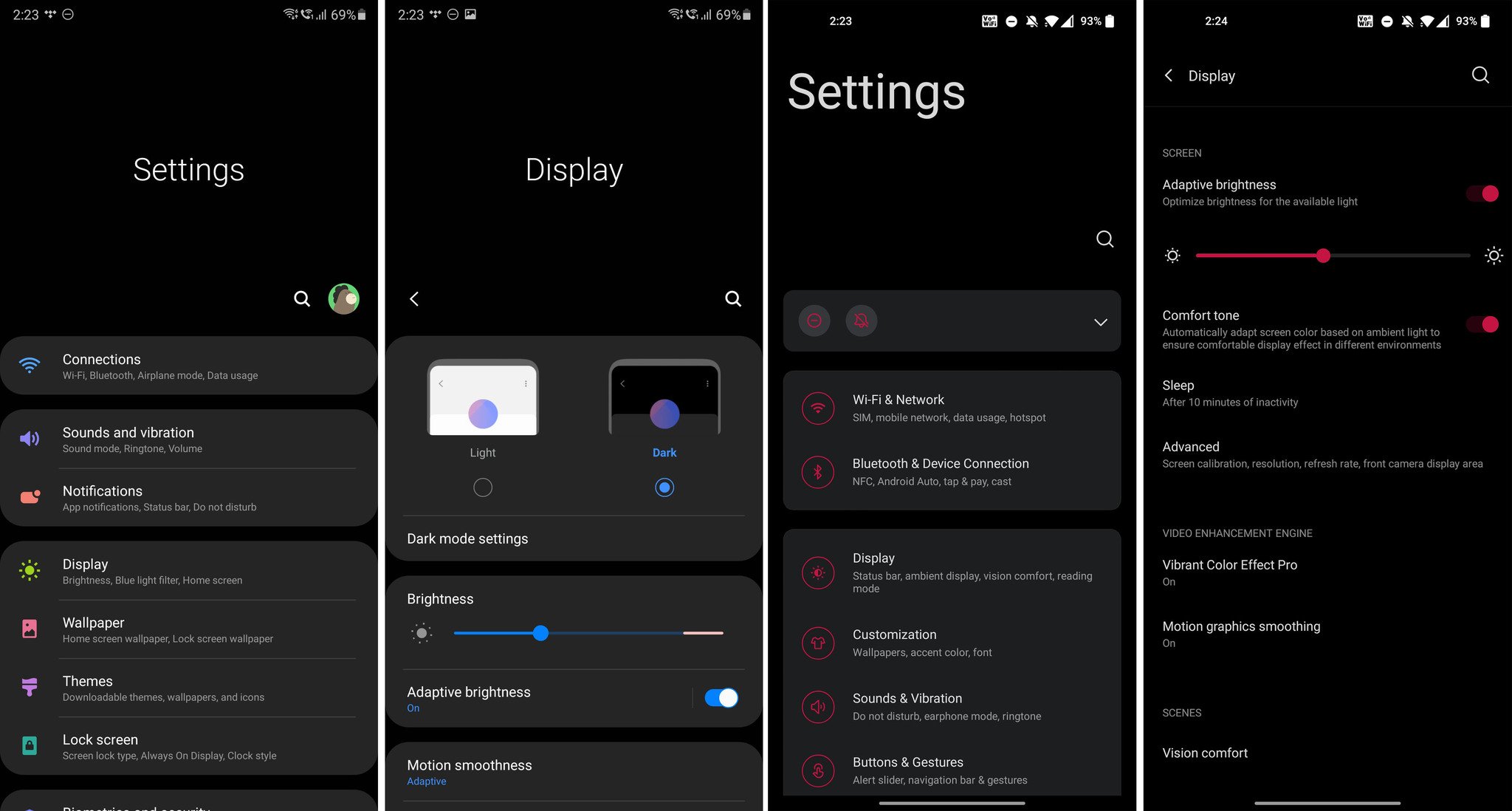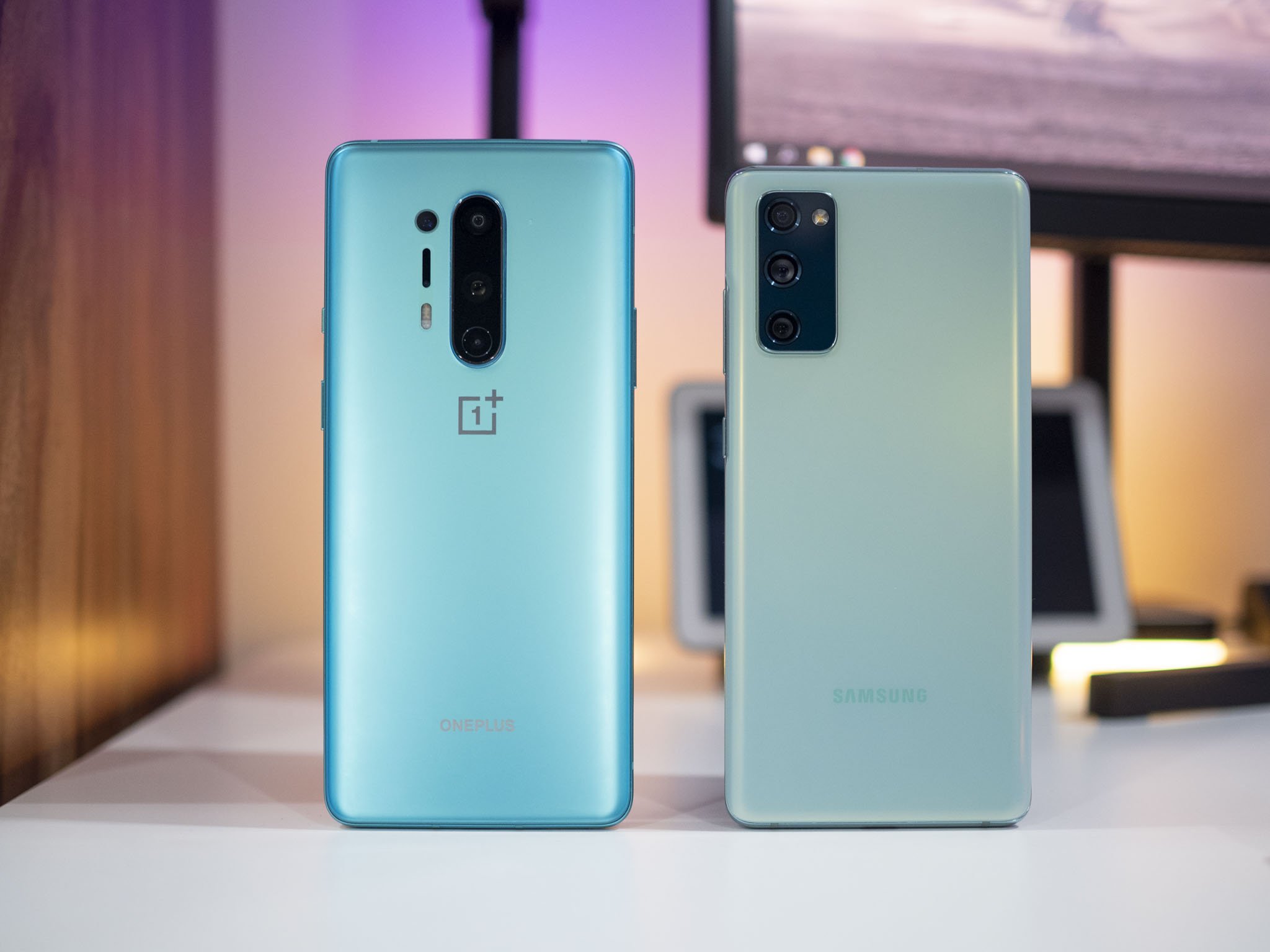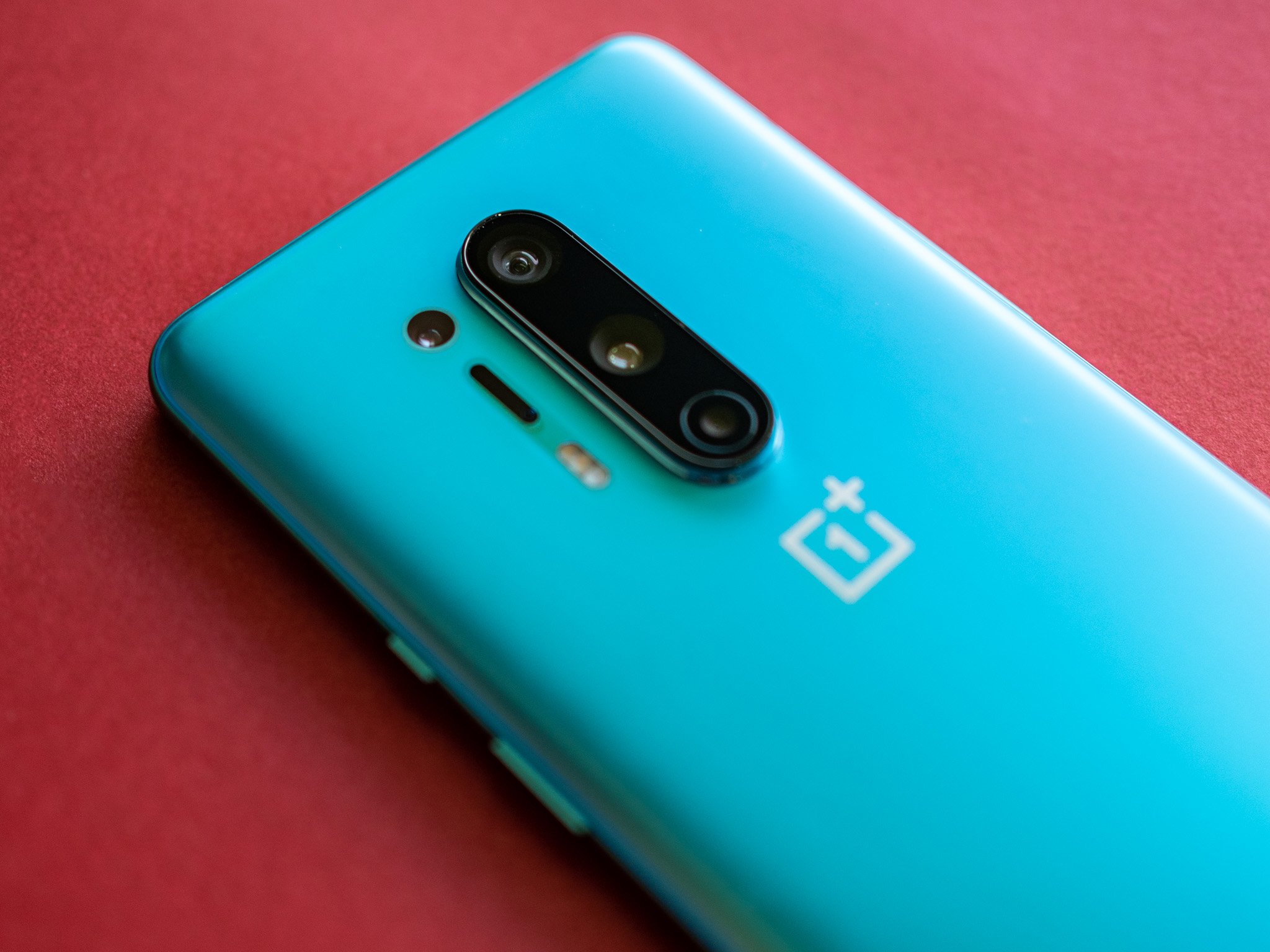The OnePlus 8 Pro is a great overall package, but there are plenty of alternatives with better cameras.
When I reviewed the OnePlus 8 Pro six months ago, I called it the Android flagship to beat this year. The OnePlus 8 Pro introduced several firsts for OnePlus: it was the first phone from the manufacturer to offer wireless charging and came with IP68 water resistance as standard.
But the phone wasn't without its share of issues at launch. The screen had green tint issues, the software had plenty of bugs, and the camera wasn't quite as good as other phones that shared the same sensor. OnePlus rolled out software updates to fix these issues a few weeks after the OnePlus 8 Pro went on sale, and the phone also picked up the stable OxygenOS 11 update based on Android 11 last month, becoming one of the first devices to do so.
Another factor that affected the OnePlus 8 Pro at launch was exorbitant pricing in global markets. The phone debuted at ₹54,999 ($745) in India, but retailed for $899 in the U.S. and £899 ($1,205) in the UK, with the difference ranging from $155 to $460. The phone is now selling for $799 in the U.S., making it that much more palatable.
But with the likes of the Galaxy S20 FE and Pixel 5 selling for less than the OnePlus 8 Pro, let's see how OnePlus' flagship holds up as we head into 2021.
OnePlus 8 Pro
Bottom line: Six months after its launch, the OnePlus 8 Pro continues to be one of the best Android phones in the market. You're still getting one of the best hardware packages around, the phone is already on Android 11, and it has all the extras you care about.
The Good
- 120Hz AMOLED panel is a differentiator
- One of the best hardware packages you'll find
- 30W wired and wireless charging
- Already on Android 11
- All the extras you need
The Bad
- OxygenOS 11 lacks cohesion
- Cameras not as good as rivals
- Still costs too much for what you're getting
$799 at Amazon $799 at OnePlus ₹54,999 at Amazon India
OnePlus 8 Pro What still holds up
The OnePlus 8 Pro is one of the best Android phones around in terms of hardware. Strong hardware has always been a differentiator for OnePlus, and that hasn't changed with the company's 2020 flagship.
The OnePlus 8 Pro continues to be a performance beast.
The Snapdragon 888 is now official, but the Snapdragon 865 in the OnePlus 8 Pro has plenty to offer and should hold its own for several years to come. You also get 5G connectivity, and in day-to-day use, the OnePlus 8 Pro has zero performance issues.
What makes the OnePlus 8 Pro particularly great to use is the 120Hz panel. OnePlus was one of the first manufacturers to switch to a high refresh rate screen last year, and the 120Hz AMOLED display on the OnePlus 8 Pro is sublime. The optimizations to the software combined with the high refresh rate make using the 8 Pro a delight, and it is one of the main reasons I keep coming back to the device.
OnePlus knows how to optimize its phones to take full advantage of the hardware, and that's what gives the 8 Pro a marginal edge over other devices powered by the same Snapdragon 865 chipset. With 12GB of RAM and 128GB of storage for the base model, there is no issue with multitasking whatsoever, and if you play a lot of games on Android and are looking for a powerful phone, the OnePlus 8 Pro continues to be a fantastic choice.
The OnePlus 8 Pro also stands out for its 30W wired and wireless charging, and there are no issues in this area. The 4,510mAh battery continues to deliver a day's worth of use without any hassle, and even with the new always-on display enabled in OxygenOS 11, I didn't have to worry about the battery running out before the end of the day.
On the software front, the OnePlus 8 Pro is one of very few devices that have been updated to Android 11. The stable OxygenOS 11 update was rolled out to the device over a month ago, and OnePlus also continues to deliver monthly security updates and regular bug fixes.
As for the camera, it has held up just fine over the last six months. OnePlus has made decent strides in this area in 2020, but the 8 Pro still isn't on the same level as the Pixel 5, Galaxy S20, or even the Mi 10 in low-light conditions. The OnePlus 8 Pro delivers great shots, but it lacks the computational photography that sets the Pixel 5 apart or the camera tuning that gives the Galaxy S20 an edge.
OnePlus 8 Pro What hasn't aged well
With OxygenOS 11, OnePlus is embarking on a new software direction that involves heavy customization to the main interface elements. In essence, OnePlus is emulating Samsung's One UI design aesthetic, and the result is that OxygenOS 11 looks a lot like Samsung's own software efforts.
OxygenOS 11 doesn't feel like a cohesive effort right now.
The key difference is that the menu elements now sit further below on the page, and the move is designed to assist one-handed use. With phones getting taller and narrower with every generation, it makes sense for manufacturers to make UX changes to facilitate better usability. But what annoys me about the lackadaisical attitude with which OnePlus undertook the design. While it is good to see the menu elements more accessible, that customization extends only to the top-level items.
Take the settings page, for instance, because this is where the new design is most evident. All the menu options now sit in the lower half of the screen, but when you go into a sub-menu — like Display — the design switches back to the older format, with the elements at the top of the screen. In One UI, you get the option to pull down the menu options for easier access, but that's not possible with OxygenOS 11.
As a result, there's really no cohesion or visual identity to OxygenOS 11. I understand the reason OnePlus decided to switch to a bolder design aesthetic — MIUI, ColorOS, and EMUI are very well differentiated in terms of the UI — but OnePlus doesn't have an identity of its own. In its current iteration, OxygenOS 11 looks like a poor knockoff of One UI.
OxygenOS became the default choice for power users looking for a clean interface that just got out of the way. In fact, OnePlus did more than Google in countries like India to push the clean software agenda forward.
With Pixels limited in their availability and missing out on the value factor, it was just OnePlus and Motorola that catered to users that wanted a pure Android skin. Motorola's software issues are well-documented, and with OxygenOS now switching away from its roots, there's no longer a decent alternative to those that want a phone with a clean UI other than a Pixel.
OnePlus 8 Pro The competition
Over the last two months, the Galaxy S20 FE dominated the conversation around Android. Samsung's 2020 value flagship offers the best features from the Galaxy S20 series for several hundred dollars less, making it a standout value. The S20 FE has a 120Hz AMOLED panel, Snapdragon 865 with 5G, 6GB of RAM and 128GB of storage, the same great camera as the regular S20, and wireless charging with IP68 water resistance. Retailing for $699, the Galaxy S20 FE is the obvious choice if you want flagship-tier hardware and camera in 2020.
Then there's the Pixel 5. Google's 2020 flagship doesn't have the same caliber of hardware as the OnePlus 8 Pro, but it makes up for it with a fantastic camera and a secondary wide-angle lens — a first for Google. The Pixel 5 has a 6-inch 90Hz OLED panel, is powered by the Snapdragon 765G, and offers 5G connectivity over Sub-6 and mmWave.
The Pixel 5 has 8GB of RAM and 128GB of storage, a 4080mAh battery with 18W wired and 12W wireless charging, and IP68 water resistance. The camera alone makes it worth the $699 retail price, and combine the rest of the features and you get a truly great offering.
For those in India, Xiaomi's Mi 10 is the obvious alternative to the OnePlus 8 Pro. The Mi 10 has a 6.6-inch AMOLED 90Hz screen, Snapdragon 865. 8GB of RAM and 128GB of storage, a 4780mAh battery with 30W wired and wireless charging, and a 108MP camera that is absolutely magnificent. Available for ₹49,999 ($678), the Mi 10 undercuts the OnePlus 8 Pro while delivering a much better camera and the same robust hardware.
OnePlus 8 Pro Should you buy?
You should buy this if ...
You're looking for a fabulous screen
The 6.7-inch QHD+ 120Hz AMOLED panel on the OnePlus 8 Pro is one of the best displays you'll find on any phone today. The screen has great color accuracy and excellent brightness levels, and the 120Hz refresh rate makes browsing and scrolling through social media that much more enjoyable.
You're looking for the latest hardware
The OnePlus 8 Pro is powered by the beastly Snapdragon 865 chipset, and you get 12GB of RAM and 128GB of storage by default. The phone also has 5G connectivity, and when it comes to the hardware, this is one of the fastest Android phones you'll find today.
You need all the extras
The OnePlus 8 Pro doesn't miss out on any of the extras, with the phone offering 30W wired and wireless charging and IP68 water resistance. It has feature parity with the Galaxy S20 series, and the fact that OnePlus hasn't really left out any features makes it a solid choice.
You should not buy this if ...
You want a flagship camera
I'm not saying that the camera on the OnePlus 8 Pro is bad. It can take great photos in a lot of scenarios, but it isn't as good as other options in this category. The Galaxy S20 FE, Pixel 5, and Xiaomi Mi 10 all have much better cameras.
You want the best value
Although it is now selling for $799, the OnePlus 8 Pro still feels too expensive for what you're ultimately getting here. It needs to come down to $699 or $649 to be a better recommendation — and that's all down to the introduction of the Galaxy S20 FE and the Pixel 5.
The OnePlus 8 Pro is still one of the fastest Android phones you can buy today. The hardware should hold up just fine for several years, and the fact that you get all the extras makes the 8 Pro that much more alluring. If you're looking for wireless charging and IP68 water resistance from a OnePlus device, the 8 Pro is the default option.
That said, OnePlus has never faced this amount of competition before. OnePlus usually offers its phones for several hundred dollars less than its rivals, but its flagship is now on par with the likes of the Galaxy S20 series.
But what particularly hurts OnePlus is that Samsung, Google, and Xiaomi offer outstanding options that cost less than the 8 Pro: the Galaxy S20 FE, Pixel 5, and the Mi 10 are all available for less than the 8 Pro and deliver much better cameras.
The OnePlus 8 Pro doesn't really stand out as much anymore as a result, but it is still a viable option if you want fast software updates. The camera isn't on par with the Pixel 5, Galaxy S20 FE, or the Mi 10, and if you're okay with that, the 8 Pro is still a great choice.
The 120Hz AMOLED panel is sublime, you get the latest internal hardware with 5G connectivity, 30W wired and wireless charging, IP68 dust and water resistance, and Android 11. OnePlus really needs to sort out the camera on the OnePlus 9 series if it wants to challenge the likes of Samsung and Xiaomi next year.
OnePlus 8 Pro
Bottom line: The OnePlus 8 Pro is still a great overall choice. It continues to be one of the fastest phones around, the 120Hz AMOLED screen is a big differentiator, you get 5G connectivity, and the phone has already received the Android 11 update. The cameras may not be as good as the Pixel 5, but as an all-round package, the OnePlus 8 Pro has plenty to offer.
Source: androidcentral
